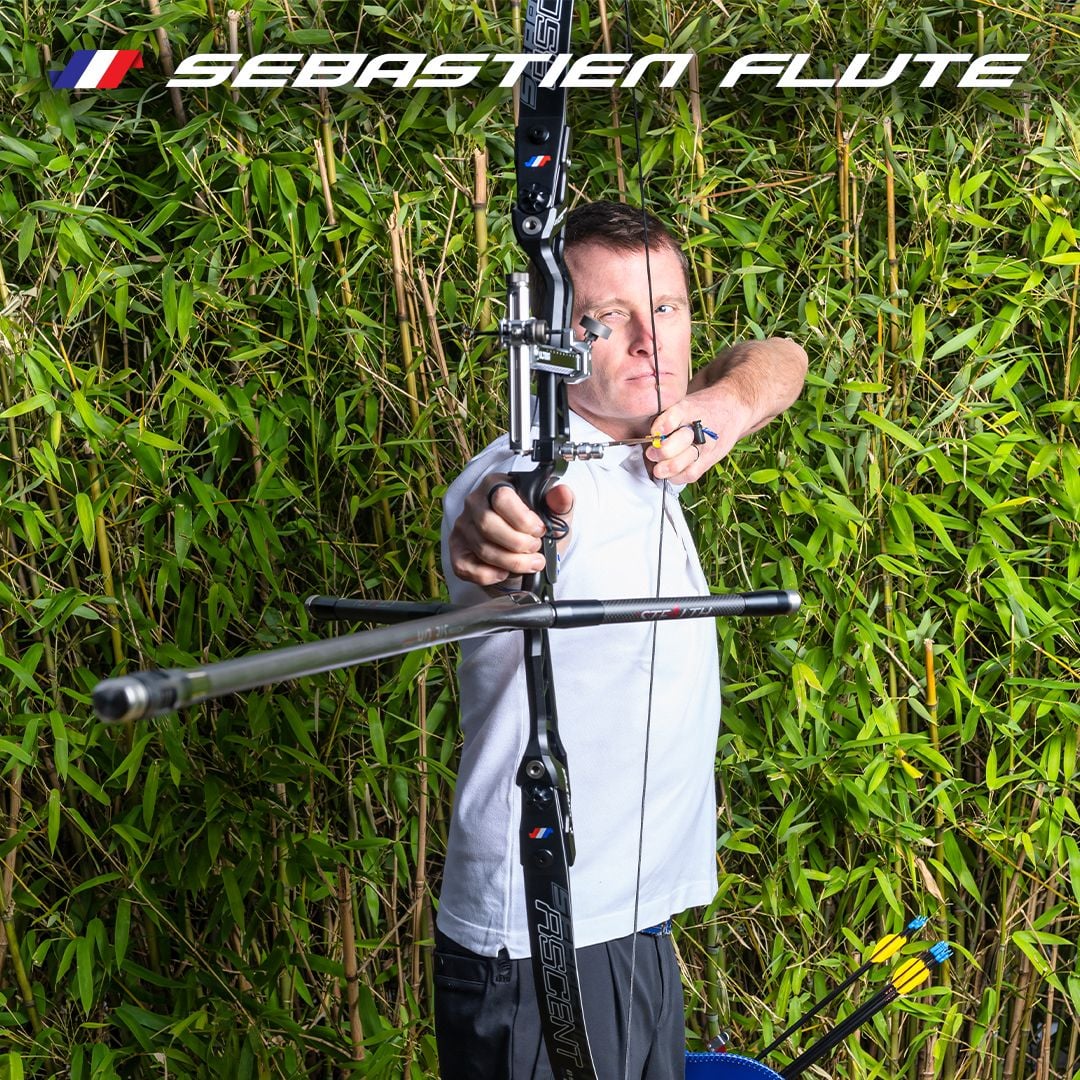Exactly how to Select the Right Bow Stabilizer: Expert Tips and Guidance
Exactly how to Select the Right Bow Stabilizer: Expert Tips and Guidance
Blog Article
Optimize Your Archery Precision With These Bow Stabilizer Strategies
One important aspect that can considerably impact your performance is the correct use of bow stabilizers. Whether you are an experienced archer looking to refine your skills or a novice excited to enhance your accuracy, understanding these bow stabilizer methods could be the trick to striking your mark with exceptional consistency.
Advantages of Utilizing Bow Stabilizers
Making use of bow stabilizers can substantially boost an archer's precision and overall performance by reducing bow torque and resonance. In addition, bow stabilizers wet vibration, which not only boosts the comfort of shooting however likewise avoids the bow from jumping upon release, hence aiding in preserving correct goal.
Additionally, bow stabilizers can assist in holding the bow constant, specifically during gusty conditions or when firing from longer distances. The added weight at the front of the bow offers security and equilibrium, allowing the archer to concentrate on aiming without the interruption of bow movement. Generally, the advantages of using bow stabilizers expand past simply accuracy, boosting the archer's experience and efficiency in different shooting situations.
Selecting the Right Bow Stabilizer
Picking the ideal bow stabilizer is important for optimizing your archery tools and improving shooting efficiency. When picking a bow stabilizer, there are numerous aspects to take into consideration to ensure you locate the ideal suitable for your needs. Firstly, take into consideration the weight of the stabilizer. Larger stabilizers can help in reducing bow torque and soak up more resonance, bring about a steadier objective. However, lighter stabilizers use more maneuverability, which can be helpful in specific shooting scenarios.

Lastly, consider the style of the stabilizer. Some stabilizers include flexible weights or dampeners that permit you to customize the equilibrium and feeling of your bow. Ultimately, picking the best bow stabilizer entails finding an equilibrium in between weight, length, product, and style to enhance your shooting precision and total performance.
Proper Setup Methods
To ensure optimum efficiency and safety and security in archery, mastering proper installment strategies for your bow stabilizer is essential. The very first step in setting up a bow stabilizer is to identify the right positioning on your bow.
Following, safely connect the stabilizer to the bow using the appropriate mounting equipment. Some stabilizers come with adjustable weights that can be added or gotten rid of to make improvements the balance of your bow.

Adjusting Stabilizer Weight and Length
After making certain the correct installment of your bow stabilizer, the following step involves adjusting the weight and length to enhance its efficiency in enhancing archery precision. The weight of the stabilizer plays an important function in lessening bow motion during the shot cycle.
When it pertains to stabilizer size, finding the ideal equilibrium is essential. A longer stabilizer can provide higher security by raising the distance between the bow and the weight at the end of the stabilizer. This included distance enhances the maintaining effect, specifically in gusty problems or when contending longer distances. Alternatively, a shorter stabilizer offers more maneuverability and may be favored by archers who value dexterity go to my blog and fast movements throughout capturing.
Advanced Stabilizer Tuning Tips
Achieving ideal bow stability and precision in archery requires a nuanced method to advanced stabilizer adjusting. Advanced stabilizer tuning entails fine-tuning different parts to boost the bow's balance, reduce resonance, and boost overall precision. One crucial technique is to experiment with different stabilizer setups, including side-bar and back-bar setups, to find the perfect balance between security and ability to move for your capturing style. bow stabilizer. Additionally, adjusting the angle and positioning of the stabilizer can have a considerable visit our website influence on just how the bow reacts upon launch.
Another vital element of innovative stabilizer tuning is optimizing the damping properties of the stabilizer system. This can be achieved by integrating extra dampening devices such as rubber link dampeners or harmonic stabilizers to better reduce resonance and noise. Discovering different materials for the stabilizer building and construction, such as carbon fiber or aluminum, can likewise influence the bow's efficiency by modifying its weight circulation and stiffness. By meticulously make improvements these innovative stabilizer components, archers can optimize their precision and uniformity on the variety or in competitors.
Conclusion
In final thought, making best use of archery accuracy can be attained through the correct choice, setup, and adjustment of bow stabilizers. Generally, integrating bow stabilizers right into archery practice can lead to enhanced performance and enhanced accuracy.
Making use of bow stabilizers can substantially improve an archer's accuracy and general efficiency by minimizing bow torque and vibration. Longer stabilizers offer higher security and balance, particularly for long-distance shooting, while shorter stabilizers supply even more versatility and are much easier to steer in limited areas (bow stabilizer). Carbon fiber stabilizers are lightweight and resilient, while light weight aluminum stabilizers are durable and offer outstanding resonance moistening
A longer stabilizer can provide better security by increasing the distance between the bow and the weight at the end of the stabilizer.An additional critical facet of advanced stabilizer tuning is maximizing the damping properties of the stabilizer system.
Report this page